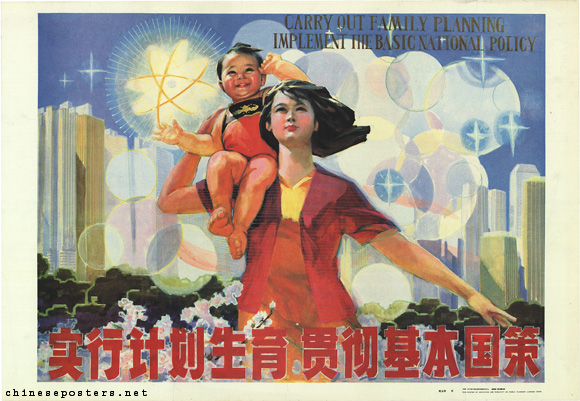Earlier this year, a 12-year-old girl was detained at Luohu Port, the border crossing between China and Hong Kong. The unaccompanied child’s heavy-looking backpack raised suspicion from the customs officers, and it was not without reason: upon scanning the bag, they found 142 blood samples that were subsequently confirmed to belong to expectant mothers. Each sample was paired with papers requesting a DNA test to determine the fetus’ sex.

This story is one of the numerous instances of illegal blood smuggling to Hong Kong from the Chinese mainland, where doctors are not allowed to reveal fetal gender. Keen to know whether they are having a boy or a girl, Chinese couples are not afraid to break the law by turning to agencies that offer sex testing services in Hong Kong and Taiwan laboratories.
The prohibition of all forms of testing to determine the sex of a fetus is the Chinese government’s attempt to prevent the widening of the severe gender gap in the country; as of 2018, there are nearly 34 million more males than females in China. According to the Global Gender Gap Report, China has the world’s most skewed sex ratio at birth (SRB), with 115 boys born for every 100 girls. For comparison, the natural SRB should be around 105 males for every 100 females. The imbalance could potentially cause serious social and economic problems, from working population growth stagnation to increases in human trafficking and prostitution.
In retrospect, the country inflicted the crisis on itself, with its traditional gender favoritism and history of endeavors to engineer its population. In 1979, with the intent to regulate its rapid population growth, China enforced a strict family planning program, also known as the one-child policy. Although some segments of the population such as minority groups were exempt from the limit, the government ensured terrible consequences for those who were subjected to the policy and failed to comply with it. In case a couple could not afford to pay the fine for having more than one child, they could lose their jobs and property, and their children could be denied the rights of the state. In the worst-case scenario, women could be forced to have an abortion or be sterilized. Together with an entrenched cultural preference for sons, the regulation pushed aspiring parents to resort to sex-selective abortions and even, in some cases, female infanticide. After all, who would not want their only child to be a boy?
Although the one-child policy was relaxed in 2016 — not as a result of an epiphany about reproductive rights, but rather an effort to solve the problem of the graying population — the demographic damage had already been done. Decades of the regime in place resulted in a drastic gender imbalance. Single-child families became the norm, and with the rising cost of living, many mainland Chinese couples choose not to have more children — and they still do want their only child to be a male heir.
It seems that employing bans and regulations is not a fruitful solution, and if the government continues with this strategy, it risks missing the wood for the trees. In order to solve its looming demographic problems, China should deal with the fundamental notion of female inferiority that is deeply infused into society. The real battle lies in addressing gender inequality and discrimination in the workplace, and offering enhanced legal protection from domestic violence and other violent crimes. The government should advocate changes that will transform the perception of women in society, such as discouraging the use of derogatory terms like sheng nu, which means “leftover women”. In a political and social environment that offers equal opportunities and is safe for women, a child of any sex is welcome in the family.

